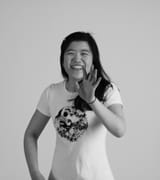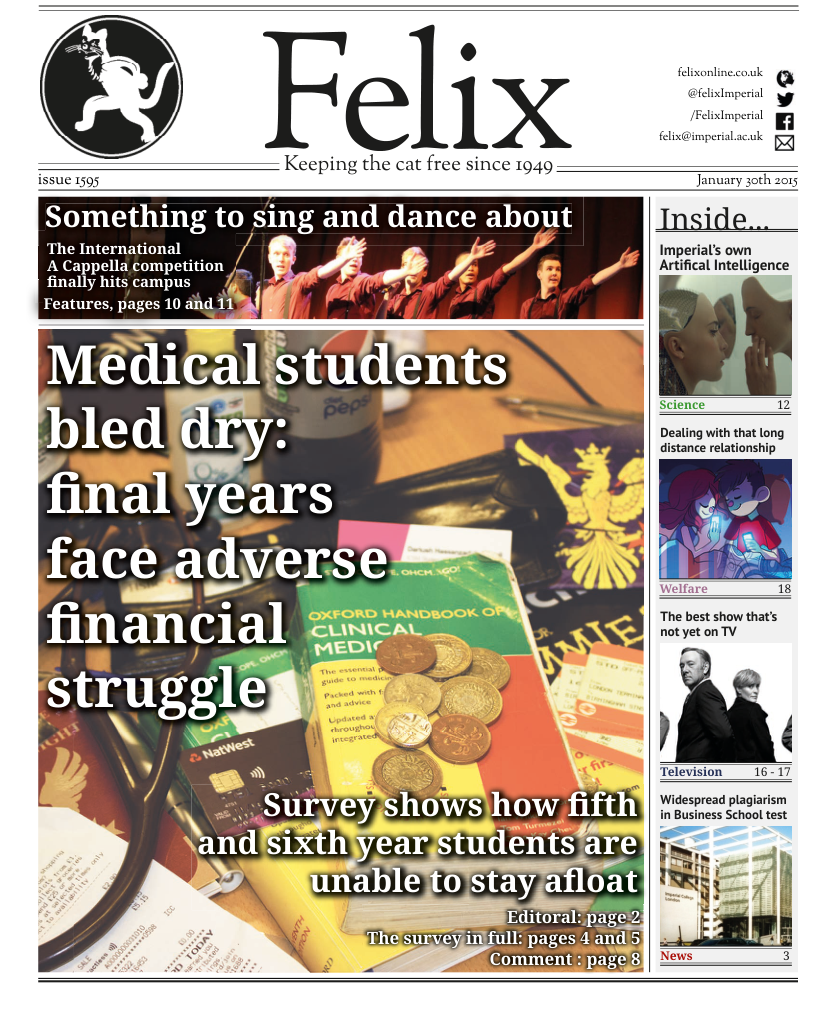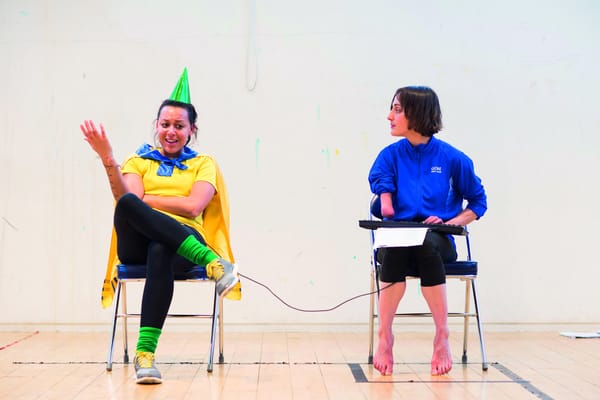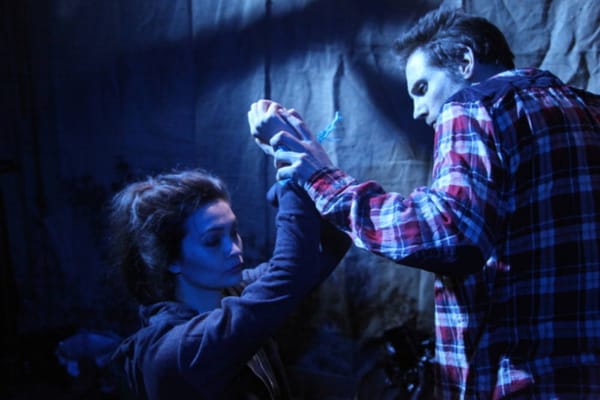Mapping the City – Cartography Reimagined
Jingjie Cheng explores what Somerset House’s newest exhibition can offer

If self is a location, so is love:
Bearings taken, markings, cardinal points,
Options, obstinacies, dug heels and distance,
Here and there and now and then, a stance.
These words of well-loved poet Seamus Heaney resonated in my head as I explored this new exhibition of street art and graffiti at Somerset House. Despite being done in vastly different media and in all forms of presentation, one idea united the eclectic collection – all of them explored the artists’ relationships with their surroundings. It was about giving physical form to experiences and interactions between man and space and making sense of the myriad ways that places shape us.
Take, for example, Martin Tibabuzo’s Mi Mundo/Meine Welt, a delicate paper globe on which a world map had been drawn. If one looked closely, the map was strangely inaccurate, and while meticulous, was unorthodox in style. Tibabuzo had begun to lose his memory in the early 2000s and was advised to perform memory exercises. This was one of the results – he had created this world map entirely from memory. This was his personal take on the world, the world as he remembered and understood; at the same time, his own experience of memory loss is inextricably associated with the art he created.
It is always interesting when functional objects are used as a basis for art – it forces us to look at what we encounter every day in a new light, and the results can sometimes be quite fascinating. Susumu Mukai’s whimsical fantasy land _Regent’s Canal _is based on the walks he used to take there, but coloured with his imagination. I saw it as the map of his mind’s world superimposed onto the map of his surroundings, rendered in intricate detail. Along with the creations he brought to the real world, he also brought in his cultural influence – the creatures reminded me of Japanese folklore.
The small exhibition, which runs till mid-February, is a collaboration between Somerset House and collaborative arts organisation A(by)P. While there no doubt are gems to be found in the exhibition, much of it were artworks one might walk past without a second glance. Some reminded me of unfinished experiments, such as Jurne’s four pieces which trace some random shapes on maps of the Bay Area and Paris, supposedly to show that being “open to having experiences and open to unpredictability can lead to fruition and growth” – I failed to see the link or anything innovative about it.
Although the small interconnected rooms provide a very intimate exhibition space which seems appropriate for street art and graffiti, the sheer number of artworks crammed in the small space is somewhat disorienting, especially since many of them are large and loud. The riotous atmosphere, however, did remind me of the natural home of street art and graffiti, which might be the point.
Maps and the streets, to me, have great potential for innovative use in art, and I was disappointed that this exhibition did not have more meaningful ideas. Much of modern art focuses more on the concept behind the art rather than the skill of execution itself, and a lack of artistic skill can be excused if the idea is clever. However, much of the artwork in this show seemed half-hearted, as if the artists were happy to stop at the mere representation of space without exploring further concepts such as time, identity or displacement. Is there more to one’s experience in a city than making colourful woodblocks of one’s running route? Or dripping paint around New York to trace out your own name?
If you love energetic, experimental and raw artworks, you might find the exhibition a visual feast. But if you are like me and prefer more polished, aesthetic works, this is most likely not for you.
Mapping the City at Somerset House. Until 15th February. Free admission









